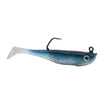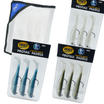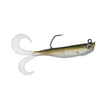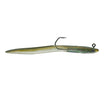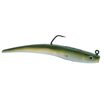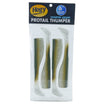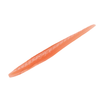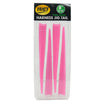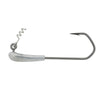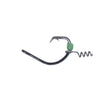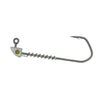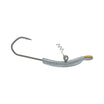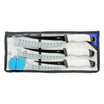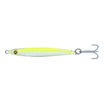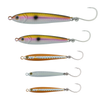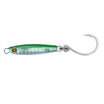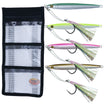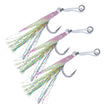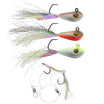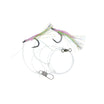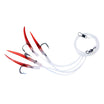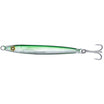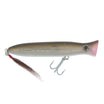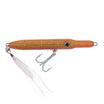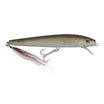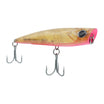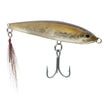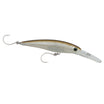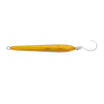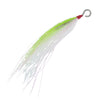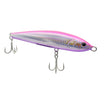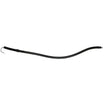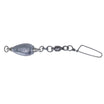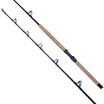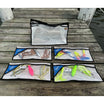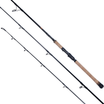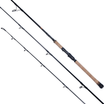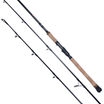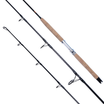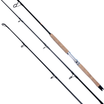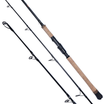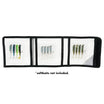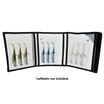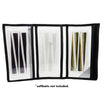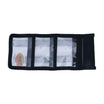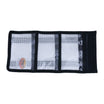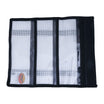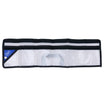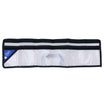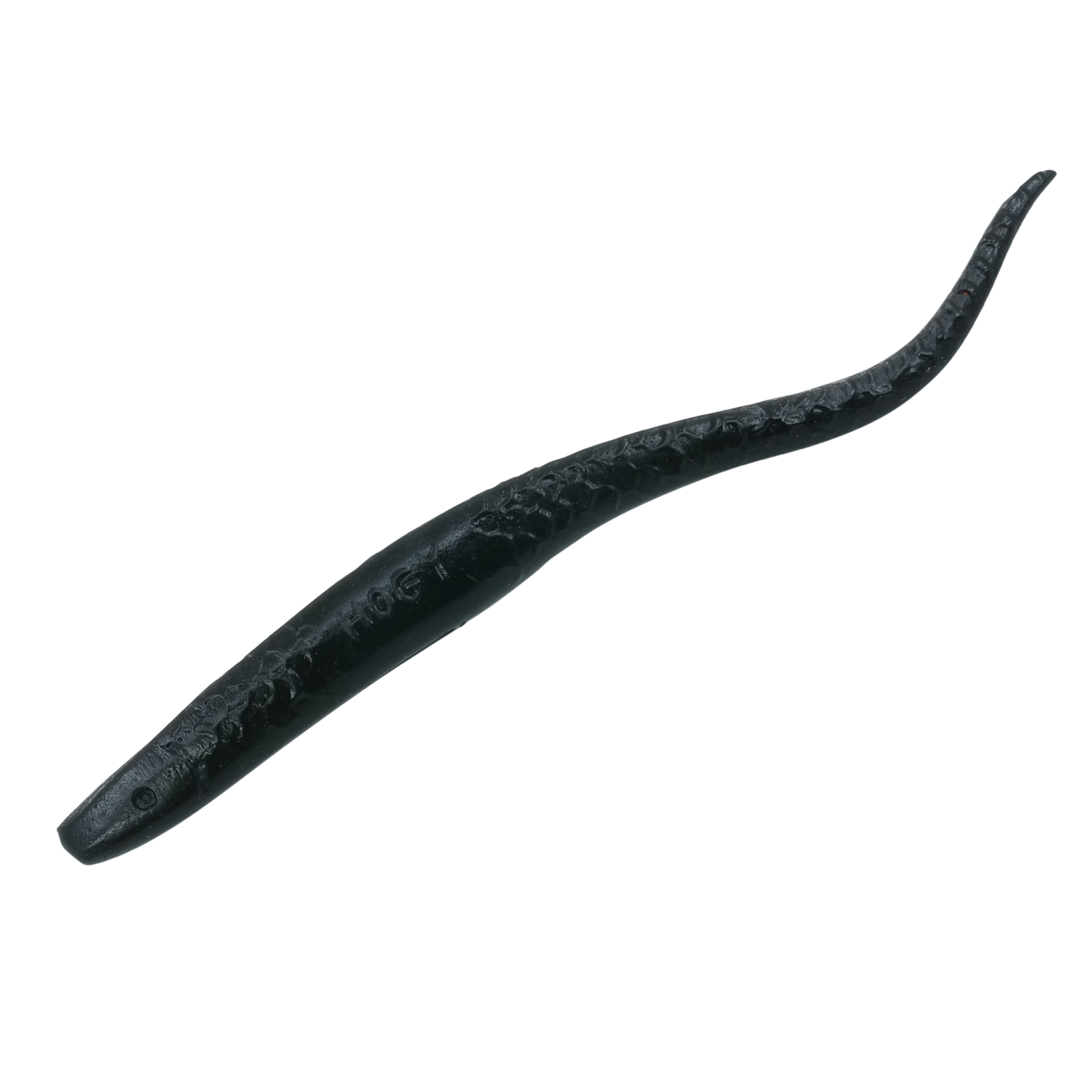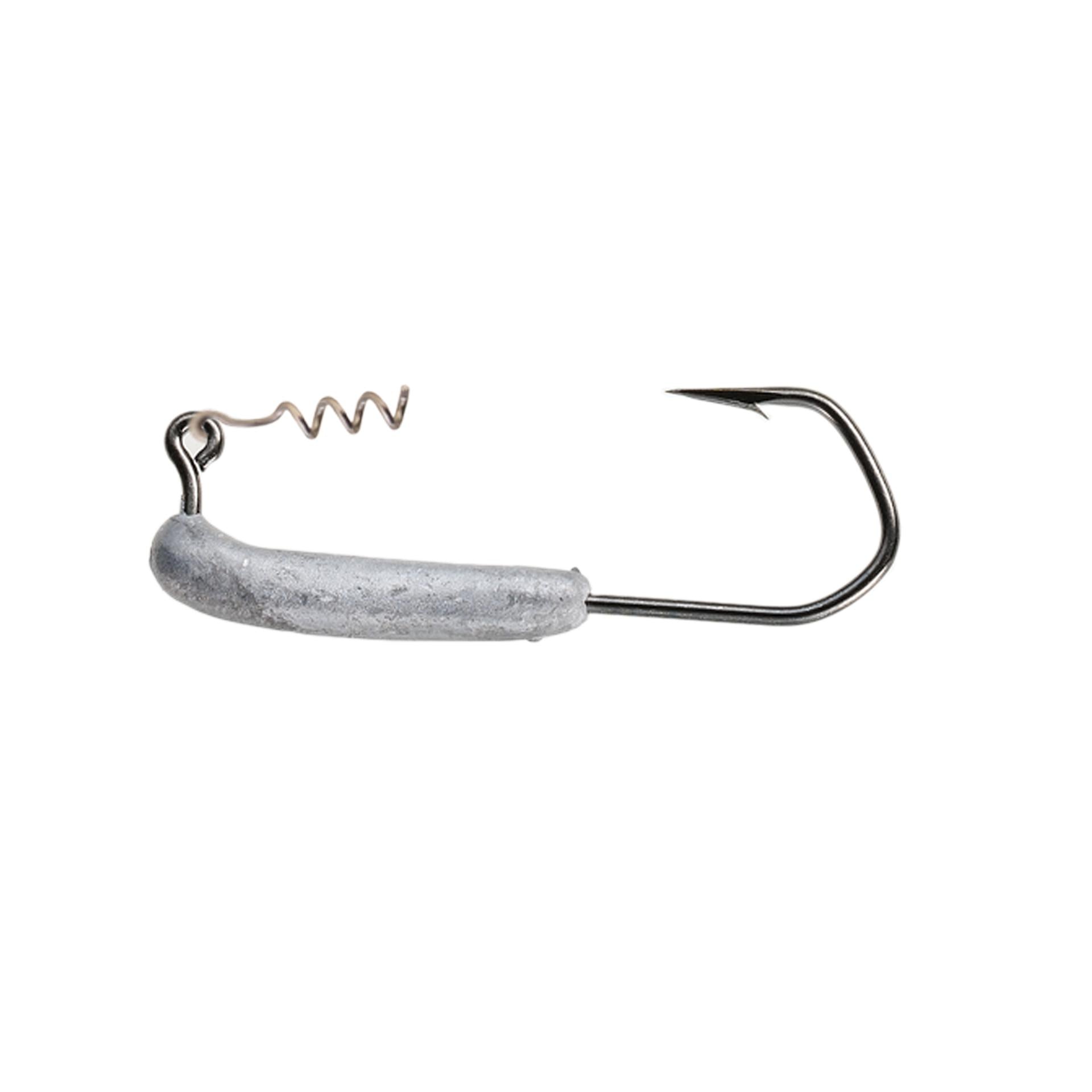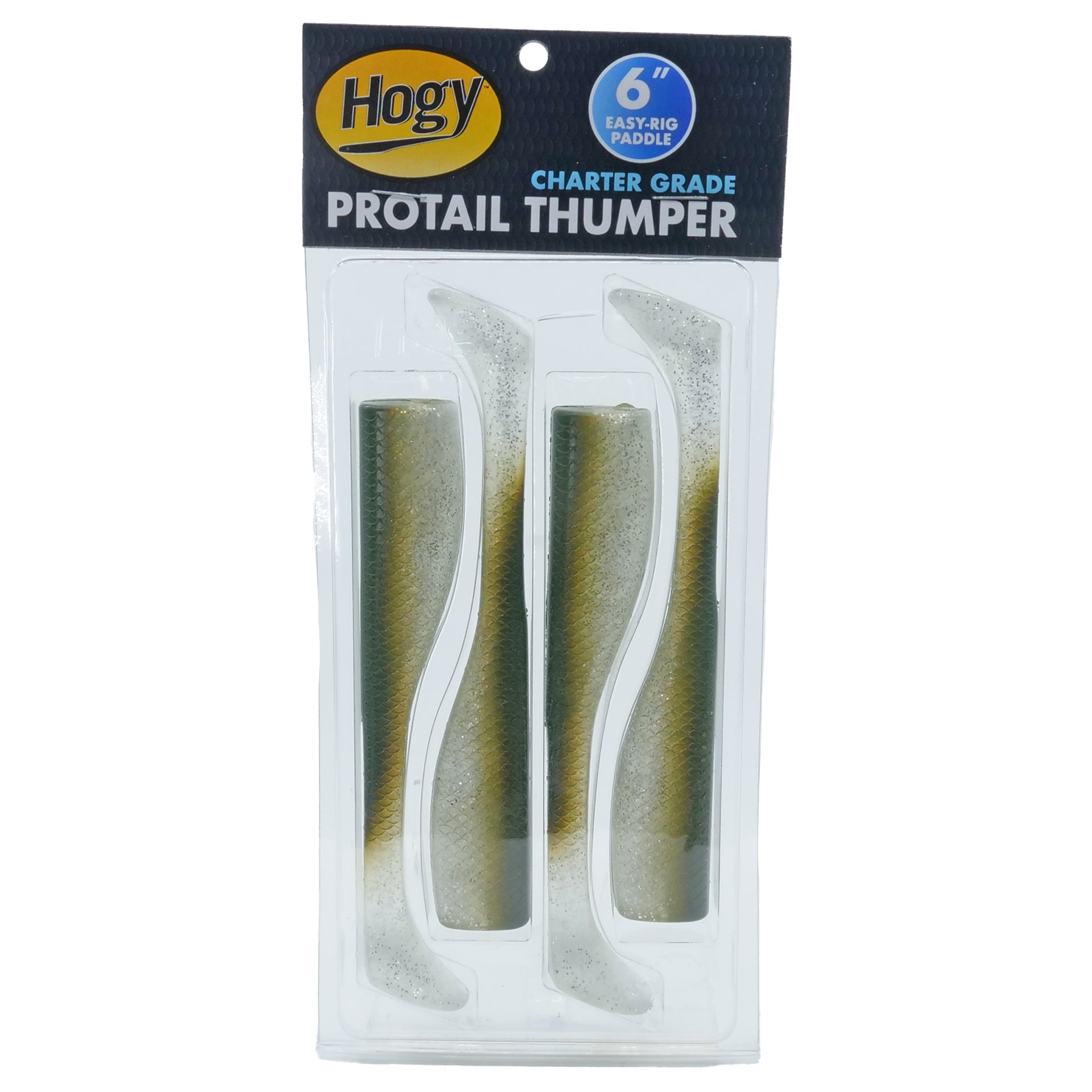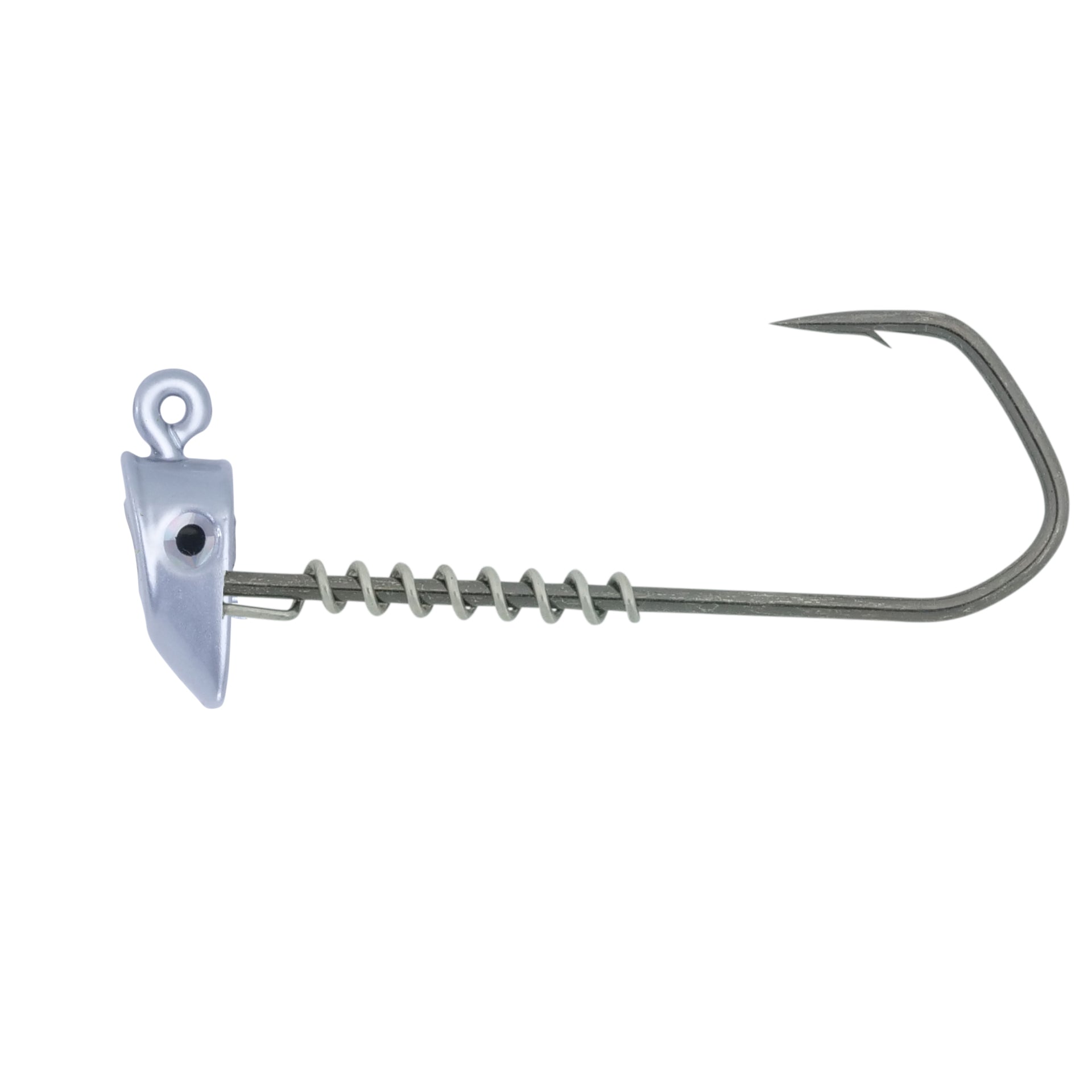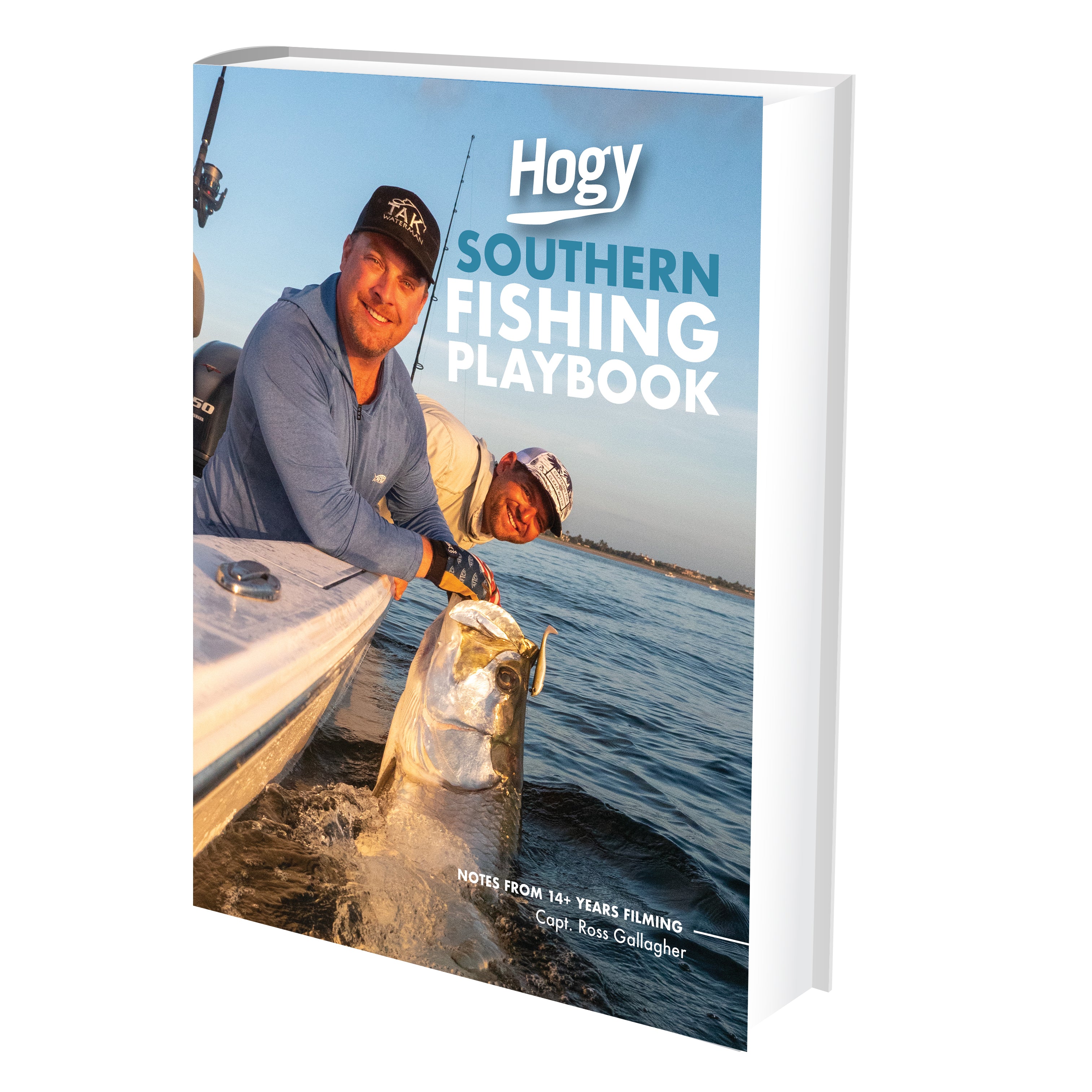Tarpon Fishing The Gulf Coast Migration
I’m fortunate enough to have local access to the famed tarpon grounds of Boca Grande, Sanibel and Captiva Islands along the coast of Southwest Florida. We begin seeing the early arrival of tarpon schools fresh out of the Florida Keys and Everglades in early to mid-April. We tend to see the greatest numbers show up within a week or two of the primary forage, threadfin herring showing up en masse along the beaches. These bait schools normally hang out a little deeper, in twelve to thirty feet of water.
This deepwater fishery can be a little challenging when targeting fish with artificial. You’ve got a lot of water column to cover and the fish are constantly on the move. Generally speaking, when the tarpon are in a feeding mood, they will be in the upper third of the water column. Also, like most predatory species, the peak feeding periods are often right around first and last light. Getting an early start to the fishing grounds to capitalize on this golden hour or two is highly recommended, especially for anglers looking to hook up with lures.
Methods: Threadfin are a fairly large baitfish, reaching about seven to ten inches in length, so larger offerings like the 7-inch and 10-inch Original Eel work great for unweighted topwater presentations. To fish a little deeper, covering the top third of the water column, I’ll switch over to a 6.5-inch Pro Tail Paddle in either the 2oz or 3oz weight. I’ll use a variety of colors, but generally stick to bone, olive, silver or black. On bright sunny days the bone and olive tend to do very well, while silver and black perform well in overcast or choppy conditions.
Hunting beach tarpon is a very visual endeavor. There is a lot of water available for fish, so keeping an eye on the horizon for any activity signaling their location is key. Frequently, you’ll see tarpon rolling, free jumping or tail slapping. That’s an obvious give away. If I’m not seeing any direct activity, I’ll keep an eye out for frigates or pelicans feeding on the surface or nervous bait schools.
Technique: I prefer to use my heavier tarpon outfit, described at the beginning of this article. You’ll need to utilize the heavy backbone of stout tackle while fighting these fish in deeper water. A good portion of the battle will be a vertical tug-o-war and a lightweight rod will not offer enough muscle to control the fish. On that outfit, I’ll use 60lb to 80lb fluorocarbon if the water is a little off color, while dropping down to 40lb or 50lb may be necessary if the water is gin clear.
Daisy Chaining: is a common phenomena during the migration, with tarpon swimming together in a loop nose to tail near the surface. This is an excellent opportunity for a delicate topwater presentation, like an unweighted 10-inch Original rigged on a swim bait hook. Cast along the outside edge of the daisy chain, trying to be within three to five feet of the school, but not casting directly into the group. In a best-case scenario, you’ll be able attract the attention of a fish and pull it off the school without really spooking the rest. Use a slow twitch/pause retrieve, with one to two second pauses every ten feet; this is usually very effective. Once a fish begins tracking the bait, maintain the same pace and twitching rate, allowing the fish to slowly track your lure and attack. Tighten up your slack quickly and send the hook point home with a very strong hook set.
Bait School Attacks: If you’ve located a group of tarpon pushing bait toward the surface into a feeding frenzy, good for you, it’s going to be a good time! These happen fairly often, but it’s hard to know when and exactly where the feeding spree will be triggered. My go-to in these scenarios is the 6.5” Pro Tail Paddle in 2oz or 3oz weight. These heavier baits can be accurately heaved long distances, useful for casting to feeding fish without getting too close and spooking them. When possible, aim for the outside edges of the feeding zone and begin your retrieve as soon as the lure hits the water. I use a slow to medium steady pace retrieve, simulating an unsuspected or tired bait fish moving away from the school. Tarpon are lazy feeders and prefer to attack a bait that’s not moving away from them quickly. If you find the surface retrieve isn’t getting any intention, allow a four to eight second pause for the lure to sink down before beginning your steady retrieve. Every ten to twenty feet, give it another few second pause before continuing reeling in.
